In a groundbreaking effort to combat mosquito-borne diseases, scientists have developed a novel approach dubbed the "gene missile"—a cutting-edge technique leveraging drone swarms to release sterile male mosquitoes into the wild. This innovative strategy aims to suppress mosquito populations by disrupting their reproductive cycle, offering a potential solution to the growing threat of diseases like malaria, dengue, and Zika virus. Unlike traditional methods that rely on pesticides or environmental modifications, this approach harnesses the precision of biotechnology and the scalability of autonomous systems.
The concept revolves around releasing genetically modified or radiation-sterilized male mosquitoes into target areas. Since female mosquitoes typically mate only once in their lifetime, introducing sterile males reduces the likelihood of viable offspring, ultimately leading to population decline. The use of drones allows for rapid, large-scale deployment in hard-to-reach regions, making it a game-changer for global mosquito control efforts. Field trials in countries like Brazil and Indonesia have already demonstrated promising results, with some areas reporting significant drops in mosquito populations within months.
What sets this method apart is its precision and environmental friendliness. Traditional insecticides often harm beneficial insects and contaminate ecosystems, whereas the "gene missile" approach targets only the intended species. Additionally, because the sterile males do not bite (only females feed on blood), their release poses no risk to humans or animals. Researchers emphasize that this technique complements existing strategies, such as bed nets and vaccines, rather than replacing them entirely.
However, the technology is not without challenges. Critics raise concerns about the long-term ecological impacts of releasing genetically modified organisms into the wild, as well as the potential for mosquitoes to develop resistance to sterilization techniques. Regulatory hurdles and public skepticism also pose obstacles to widespread adoption. Despite these issues, proponents argue that the benefits—reduced disease transmission, lower pesticide use, and cost-effectiveness—outweigh the risks.
The integration of drone technology adds another layer of efficiency. Drones equipped with specialized containers can release thousands of sterile mosquitoes per flight, covering vast areas in a fraction of the time required by ground-based methods. This is particularly valuable in disaster-stricken or remote regions where infrastructure is lacking. Companies like MosquitoMate and WeRobotics are already piloting these systems, collaborating with governments and NGOs to refine the technology.
Looking ahead, researchers are exploring ways to enhance the precision of mosquito releases, such as using AI to identify high-risk zones or optimizing drone flight paths for maximum impact. Some teams are even investigating the use of gene drives—a more aggressive form of genetic modification that could spread sterility traits through entire mosquito populations. While these advancements hold immense potential, they also spark ethical debates about humanity's role in manipulating ecosystems.
Public education remains a critical component of the strategy. Misinformation and fear about genetically modified organisms could derail progress, so scientists are working closely with communities to explain the science and address concerns. Transparent communication and rigorous monitoring will be key to ensuring the responsible deployment of this technology.
As climate change expands the habitats of disease-carrying mosquitoes, the need for innovative solutions becomes more urgent. The "gene missile" approach represents a fusion of biology and engineering, offering hope in the fight against some of the world's deadliest diseases. While challenges remain, the combination of sterile insect techniques and drone technology could revolutionize global health efforts, turning the tide in a battle that has claimed millions of lives.

By /Jul 22, 2025
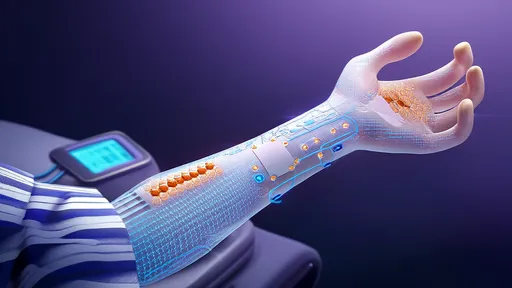
By /Jul 22, 2025
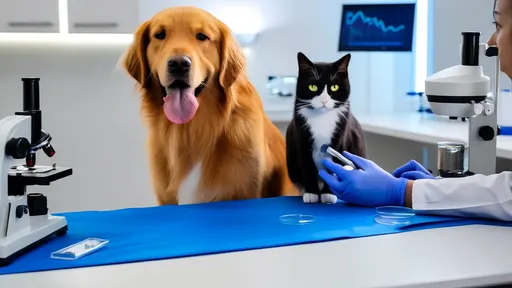
By /Jul 22, 2025

By /Jul 22, 2025
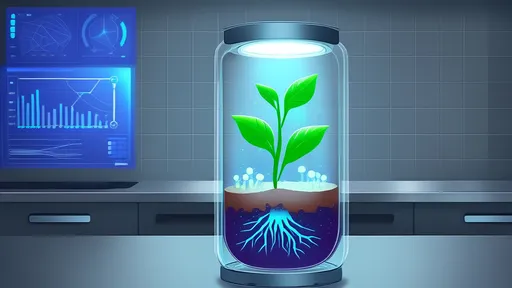
By /Jul 22, 2025

By /Jul 22, 2025

By /Jul 22, 2025

By /Jul 22, 2025
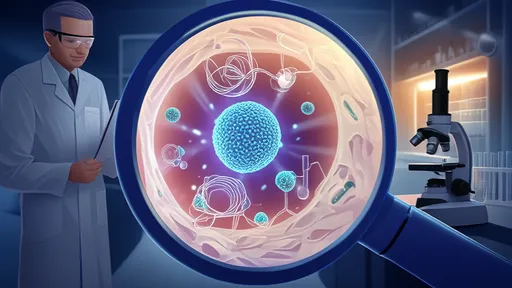
By /Jul 22, 2025

By /Jul 22, 2025

By /Jul 22, 2025
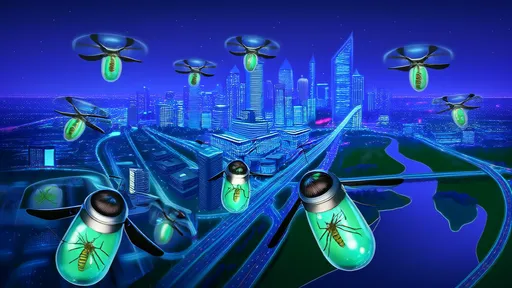
By /Jul 22, 2025
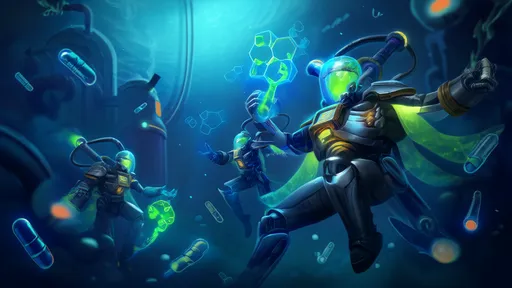
By /Jul 22, 2025
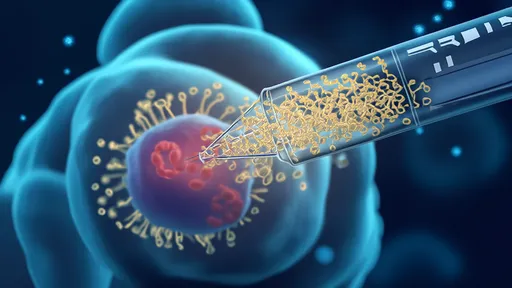
By /Jul 22, 2025
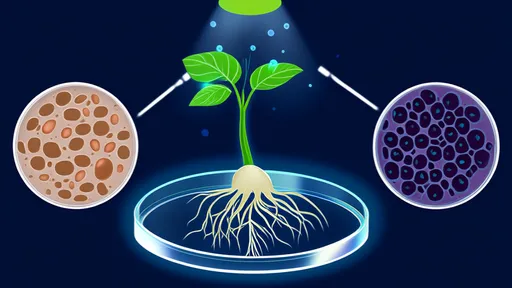
By /Jul 22, 2025

By /Jul 22, 2025

By /Jul 22, 2025
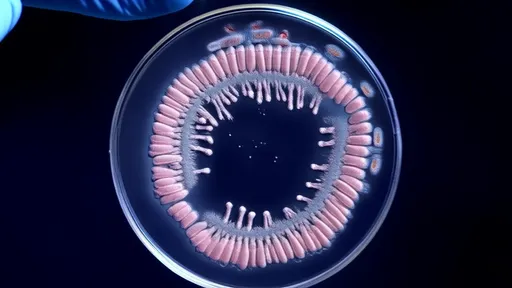
By /Jul 22, 2025